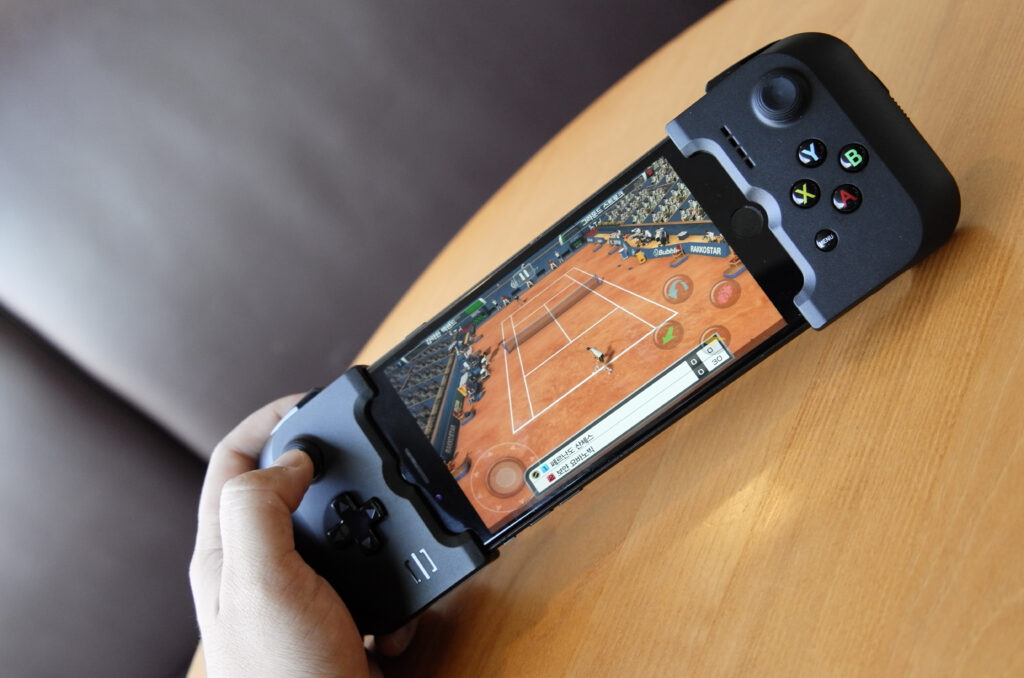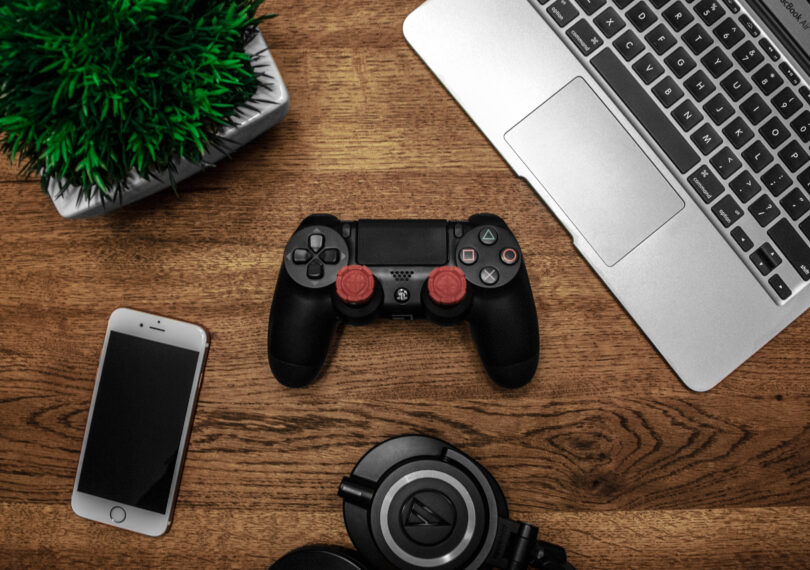As a form of entertainment, gaming is no slouch in the international arena.
Valued at more than the music and film industries combined, video games are highly lucrative for the right developers with the right approach. Like any form of entertainment built on rapidly evolving technology, however, the popular standards and ideas of video games are constantly changing. In terms of genre, platform, and series, each section moves forward, where the future can be difficult to predict.
With that said, some recent patterns and realities are coming from the gaming world which could paint a direction the 2020s and 2030 might be destined to follow. While we expect gaming to be a place where the classic options will also have their diehard adherents, a shakeup could be coming, at least if we look at the stats and the tech.

Inclusion and Technology
Once the domain and PC and consoles, gaming platforms of choice have continually shifted over the decades, now occupying a position few saw coming. According to a study performed on thousands of Americans and UK citizens from Express VPN, the highest percentage of gamers, at 70%, use mobile phones as their gaming devices. After this are consoles, at 61%, and computers and laptops, at 50%. These leading three systems illustrate the immense potential for the way forward and possibilities that could reshape decades of gaming progress.
As much as we would like to say that big gaming developers and publishers place consistency of vision first, this isn’t the case. Instead, the increasing costs of gaming development and the potential reach of mobile audiences mean that many big names are placing increasing emphasis on smartphone releases. Since the mobile market is the most profitable, bringing in what The Business Research Company notes as $118.34 billion in 2022, this makes great financial sense.
In chasing this market, developers see the potential in moving away from consoles and PC and toward mobiles. One of the major inhibiting forces of this move, at least for the AAA flagship titles, is the relative lack of speed that handhelds have traditionally possessed. This gap is no longer so evident, however, as newer smartphones are immensely powerful machines.
For reference, Nintendo’s fastest system, the Switch, offers a performance of around one teraflop. The cutting-edge new phones like the Apple iPhone 14 Pro and Samsung Galaxy S22+, as noted at Smartphone-Comparison, offer more than two teraflops. While performance doesn’t exactly match by flops alone, this does illustrate how the gap between gaming systems and phones is hardly as profound as it has been in the past.
Consoles, Controllers, and the Next-Gen
If processing power is no longer the main driving force in keeping series from moving to the greater market opportunities of mobiles, then the main roadblock is control. Touch screens are simply too limiting compared to controllers and keyboards, but even this issue is rapidly diminishing. After all, as the above study found, 61% of gamers had consoles, which means they have controllers which can pair with phones, and entry-level Bluetooth controllers on their own aren’t expensive.

The potential outcome of these changes is that, without decreasing issues of processing power and control, and a rapidly increasing mobile market size, gaming developers would be fools to not place more emphasis on smartphone platforms. While series making the move here will likely mostly start as spinoffs like with COD Mobile, it’s also possible that less-demanding eSports games like Overwatch could see full-fledged releases on mobile. It’s not going to happen overnight, but keep watching, and you might be surprised to see how far this relationship goes.





























Leave a Comment
You must be logged in to post a comment.